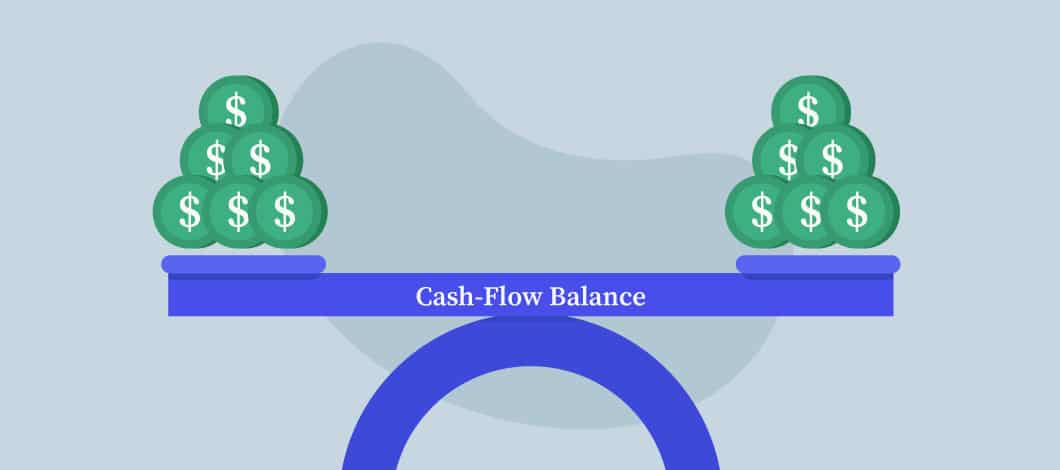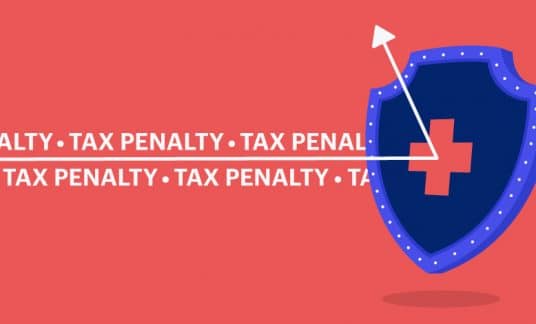Why is cash flow important? Even if a business is making a profit, it doesn’t mean your bank account is awash with cash. Poor cash flow is a major reason small businesses fail, even if they’re profitable.
We’re letting you in on key tips to maintain positive cash flow for your business.
What Is Positive Cash Flow?
Positive cash flow means having more money coming in than going out at any given time. Businesses need to have cash in the bank to cover expenses, buy raw materials or inventory and pay employees. These funds could come from initial equity capital contributions, proceeds of loan advances or cash received from making sales and collecting receivables.
The cash-flow problem comes from the difference in timing between paying expenses and receiving sources of capital. A business can get into cash-flow trouble during periods of strong growth. To support this growth, you need more funds for higher inventory levels and additional staff. If these expenses hit before cash comes in from customer invoices, you have a cash-flow issue.
Ironically, even unprofitable companies can have occasional periods of positive cash flow. They can stay in business for long periods of time if they can attract more outside investors or find lenders willing to extend credit to them to make up cash-flow deficits.
Examples of high cash-flow businesses include franchises, service businesses, real estate leasing, insurance companies and home-based businesses, to name a few.
Related: Cash-Flow vs. Profit: What’s the Difference?
-
What Are the Types of Cash Flow?
Cash flow refers to the money coming in and out of your company. It comes from 3 sources:
- Operating transactions: These are the normal activities of a business, including collecting receivables, buying materials, paying wages and covering expenses.
- Investment activities: Purchases and sales of long-term assets are investment activities. These include transactions for property, plant and equipment.
- Financing activities: Borrowing money and repaying loans are financing activities.
5 Best Ways to Increase Cash Flow
According to a recent QuickBooks report, 60% of small business owners said cash flow has been a problem for their company. Here are a few ways to avoid dips in operating capital.
1. Get Paid Sooner
One positive cash-flow idea is to invoice your clients right away and encourage timely payments. Don’t wait until the end of the month or even the end of a week. And if your invoicing process is laborious, consider purchasing accounting software with invoicing capabilities.
Additionally, take this one step further and maintain constant cash flow by reminding customers of their outstanding bills after you’ve invoiced them. This could be a simple email. Just be careful not to overdo this approach, as it can become annoying to customers with good paying habits.
Also consider incentivizing customers to pay early. This is another strategy to maintain positive money flow in business. A 2% discount for paying within 10 days of the date of the invoice is a common offer.
2. Analyze Your Inventory
When you’re wondering how to increase cash flow from operating activities, think about the stock that’s piling up in your back room collecting dust. Look for old inventory that isn’t selling and offer attractive discounts to move these items. Any cash you receive is better than none.
3. Reduce Expenses
Go over your expenses. Costs can sometimes slip out of control if you’re not paying attention. Do you have more employees than needed? Are they working overtime? Has your inventory level gone up too much? Think about ways you can cut down on the money that’s going out, and delay expenses when it makes sense.
Also, if you need equipment or commercial space, consider a lease, which usually requires smaller down payments than loans and could help maintain good cash flow in business.
Additionally, negotiate with suppliers for better terms. If you keep close contacts with your suppliers, you’ll have a better chance of receiving lower prices from them. As with your own customers, offer suppliers early payments in exchange for discounts on prices.
4. Watch for Estimated Tax Payments
Let’s face it, you’re probably more interested in paying your suppliers than the government. But quarterly tax payments can creep up on you, so don’t ignore them. Put upcoming tax payments in your cash flow forecast and make monthly set-asides so you don’t end up with a large tax bill and not enough money on hand to pay it.
5. Build Up a Financial Cushion
The business world is not perfect, and cash doesn’t always come in when expected. A good target is to keep a cash balance in your bank for a month’s worth of expenses. This level will usually cover any minor declines in cash flow. You may also aim to save 3-6 months of expenses for emergencies.
Related: Solving Cash-Flow Problems for Your Small Business

How to Calculate Your Cash-Flow Balance
Follow these steps to determine whether you have a positive or negative cash flow:
Step 1: Start with the amount of cash in your bank at the beginning of the month.
Step 2: Add in the payments received from customers, proceeds from sales of long-term assets and advances from loans.
Step 3: Subtract all expenses paid, any purchases of long-term assets that required cash outlays and repayments of loans.
Step 4: The final figure will be your cash balance in the bank at the end of the month.
If the month-end balance is higher than the balance at the beginning of the month, you have a positive cash flow. If it’s less, your cash flow is negative.
Prepare a Cash-Flow Forecast
One of the best ways to manage cash flow is to prepare a forecast so you’re not surprised when a deficit happens. If your forecast shows potential downturns in cash flow, you can take steps to minimize or eliminate them before they become a crisis.
Let’s say you have a seasonal business, and for a few months, inbound cash flow is strong. But during the slow months, cash goes out like a river. You can prepare for these negative conditions by building up your cash reserves or making arrangements in advance with a lender for a loan to cover the deficits.
Need a business loan?
Staying Cash-Flow Positive
Keeping up with your cash flow will give you an instant feel for the health of your business. Unlike accounting for profits, cash-flow balances are unaffected by depreciation methods and entries for accrued expenses or unearned income. You either have more cash in the bank at the end of the month or you don’t.
The good news is you’re in control of your cash flow. You have numerous tools at your disposal to create and maintain a positive cash flow for your business.











